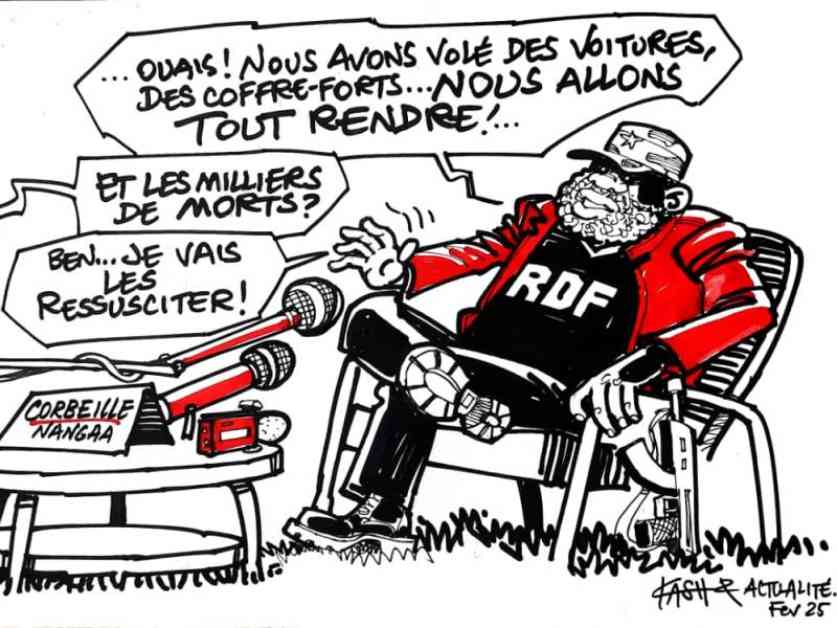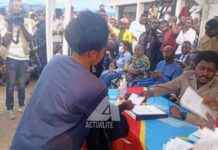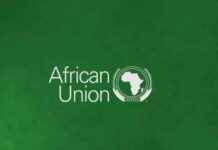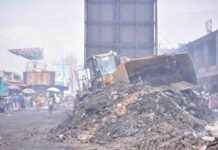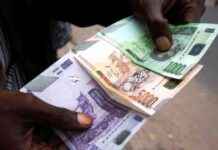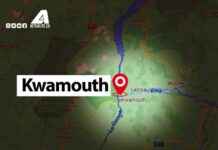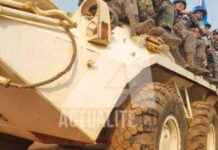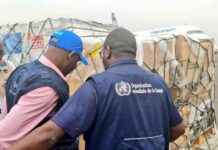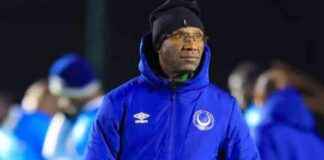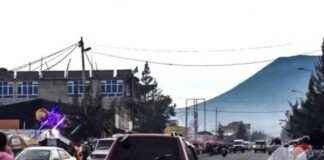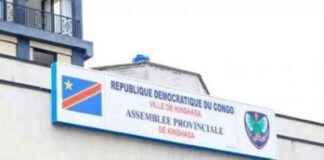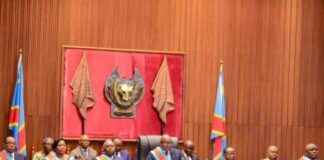Summary: Former president of the Independent National Electoral Commission, Corneille Nangaa, is now leading the rebellion in Eastern DRC. He heads the Alliance Fleuve Congo, in coalition with the M23 movement supported by Rwanda, waging war against the Kinshasa regime. Following a bloody offensive in late January resulting in the fall of Goma and over 3,000 civilian deaths, Nangaa held press conferences, appointed city officials, and conducted public events. The humanitarian situation deteriorated with looting, sexual assaults, and sporadic shootings, leading to overcrowded health facilities and mass displacement to Goma. The closure of Goma airport and blockage of roads hindered humanitarian aid delivery. Nangaa faces a military arrest warrant for alleged failure to prevent or address torture.
Chaos and Conflict Unveiled
In a region plagued by conflict and political unrest, the Eastern Democratic Republic of Congo (DRC) finds itself once again at the center of chaos as a rebellion led by former electoral commission president Corneille Nangaa rocks the area. Nangaa, now at the helm of the Alliance Fleuve Congo, has joined forces with the M23 movement, supported by neighboring Rwanda, in a bid to overthrow the Kinshasa regime. The recent violent offensive in late January resulted in the capture of Goma, the regional hub, and a tragic loss of more than 3,000 innocent lives.
The unfolding events paint a grim picture of the situation on the ground, with Nangaa’s rebellion causing widespread devastation and suffering among the local population. The once bustling city of Goma now stands as a stark reminder of the human cost of conflict, with its streets stained with blood and its residents living in fear of further violence. The brutality of the offensive has left scars that may take generations to heal, as families mourn their loved ones and struggle to rebuild their shattered lives.
Humanitarian Crisis Escalates
As the conflict rages on, the humanitarian situation in Eastern DRC continues to deteriorate, with reports of looting, sexual violence, and sporadic shootings adding to the chaos. The influx of critically injured individuals has overwhelmed local healthcare facilities, pushing them to their breaking point. The displacement of more than half of the residents from sites like Kanyaruchinya and Bushagara to seek refuge in Goma, often in makeshift shelters in schools, has further exacerbated the crisis.
The closure of Goma airport and the blockage of key transport routes have severely hampered the delivery of vital humanitarian aid, leaving many vulnerable populations without access to essential resources. The escape of over 4,700 prisoners from Munzenze prison has further heightened concerns about public safety, raising fears of increased lawlessness and instability in the region.
Despite the mounting challenges, Corneille Nangaa remains defiant, positioning himself as open to dialogue with Kinshasa while distancing himself from the mediation efforts in Luanda and Nairobi. However, this stance has created a diplomatic impasse, with the Congolese government insisting on direct negotiations with Rwanda, whom they accuse of orchestrating the rebellion.
As the international community grapples with how to address the escalating crisis in Eastern DRC, the plight of the civilians caught in the crossfire remains a pressing concern. The urgent need for humanitarian assistance and a coordinated diplomatic response to de-escalate tensions and protect vulnerable populations is paramount to prevent further loss of life and alleviate the suffering of those affected.
In the midst of this turmoil, Corneille Nangaa finds himself facing a military arrest warrant for his alleged failure to prevent or address acts of torture committed under his authority. The mounting legal pressures only add to the complexity of an already volatile situation, raising questions about accountability and justice in a region plagued by impunity and conflict. The future remains uncertain as the fate of Eastern DRC hangs in the balance, teetering on the brink of further violence or the possibility of peace and stability.
